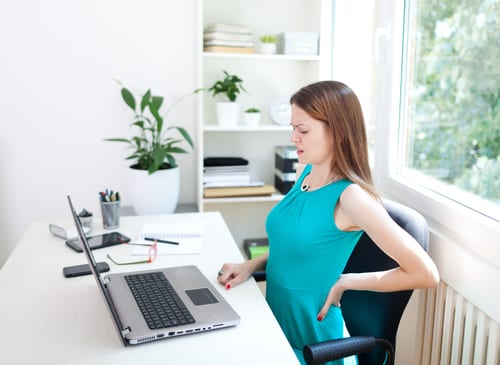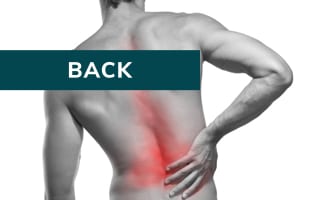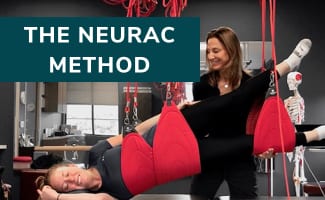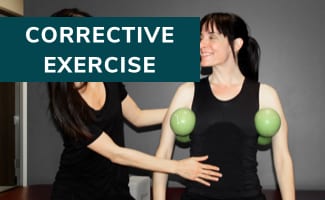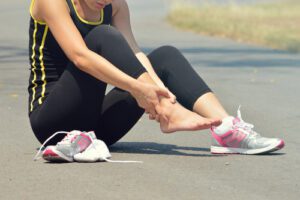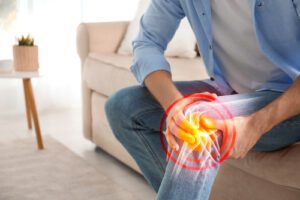One of the most common questions I get from patients (especially those with desk jobs) is regarding posture: How should I be standing/sitting to prevent pain? There is not an easy answer to this question.
As much as we think having perfect posture would spare us from pain, the truth is our bodies weren’t designed to withstand hours upon hours of being locked into a single position no matter how well you are positioned. The human body is designed for movement, which delivers nutrients, clears cells of waste, and lubricates joints in addition to helping maintain mobility. No matter how straight you are sitting or standing, it is unrealistic to expect to stay in that position all day without strain or stiffness.
That being said, below are some tips I give patients (and that I use myself) to stay as comfortable as possible if you cannot help but be chained to a desk.
-Keep moving. Constantly changing positions, even slightly, can make a big difference in the way your body feels at the end of the day. Both a sitting or standing desk can cause pain if you try to stay in a fixed position for an extended period of time (this can be 2 minute for some people, or 30 minutes for others). However, an adjustable desk that allows you to both sit and stand is a better option. There are a variety of tools you can use to help you keep moving throughout the day. A stability ball is helpful, allowing you to constantly weight-shift and wiggle around as you work. Similarly, wobble boards designed for use with standing desks can encourage micromovements to prevent muscles and joints from stiffening.
“The best posture is the next posture.”
-Be aware. Half the postural battle is simply noticing what positions you tend to adopt and how it makes your body feel. Spend a bit of time each day sitting at your desk observing your body position. Do you have weight placed more on one side – what changes when you shift more to one side or the other? What part of your sacrum or sitz bones are you sitting on? would it feel different to sit on a different part of the sacrum or to shift more forward onto your sitz bones? How does your head/neck position respond when you make this change? How does the height of your screen change your head and neck position as well as the effort it takes for your eyes to focus on the screen? The intention of these small mental exercises is not to create a change in your posture but to develop a sense of body awareness that allows you to notice when you are in an uncomfortable position and how you might respond to relieve the discomfort.
-Treat postural tendencies with corrective exercises/stretches under the guidance of a trained professional and perform regularly. Overtime, our bodies can adopt certain postural tendencies that may fall into familiar patterns causing a muscle imbalance, where certain muscles are tight and shortened while others are lengthened and weakened. These tendencies may develop as a result of anatomical attributes or as a result of your daily movement diet. Seeking help from a movement professional, such as a physical therapist, can help you discover your tendencies and get you on a better movement diet to address where you need to strengthen and stretch.
